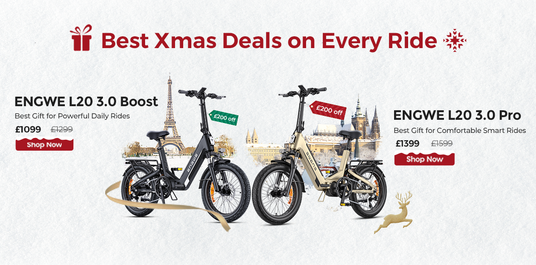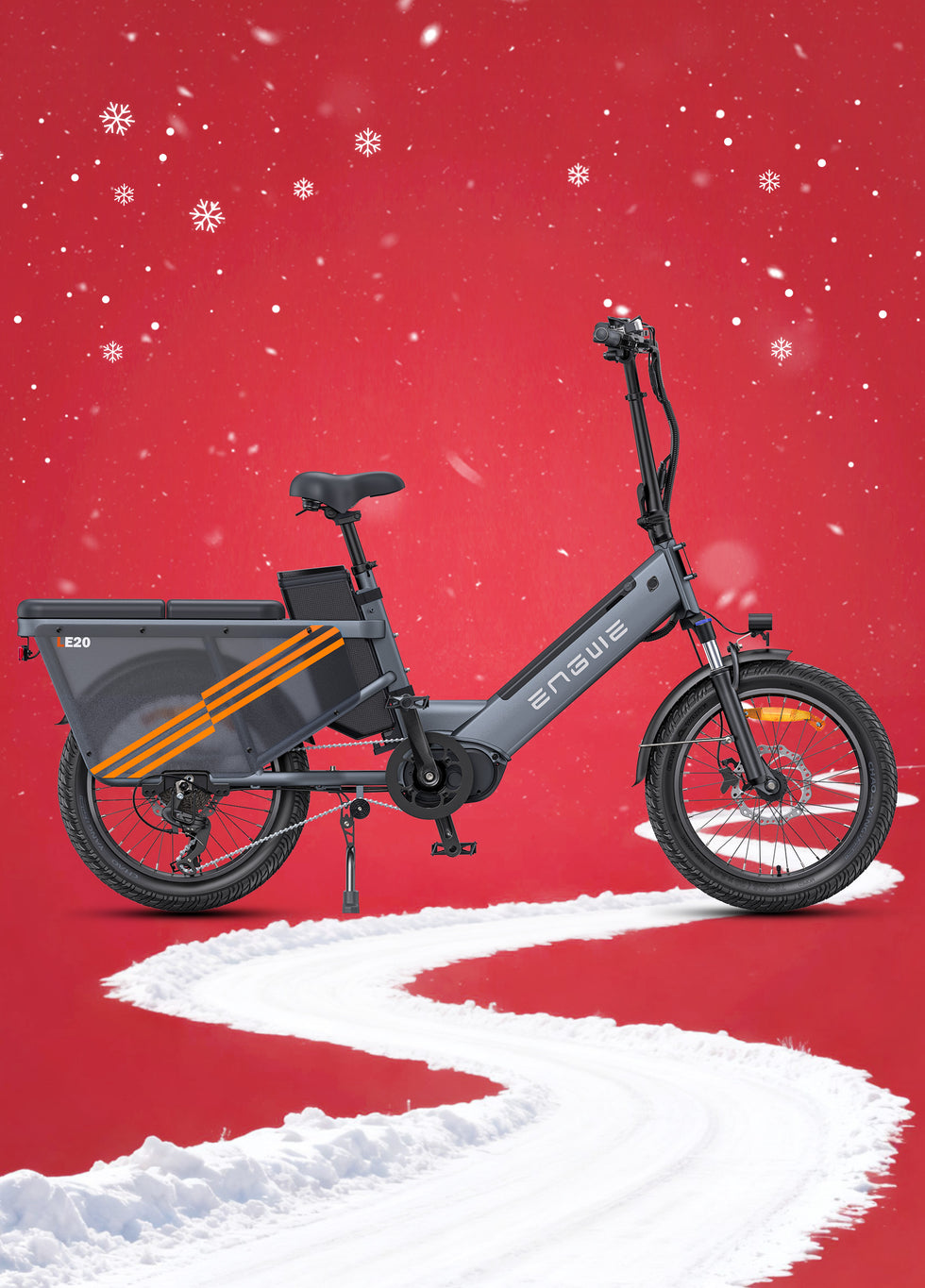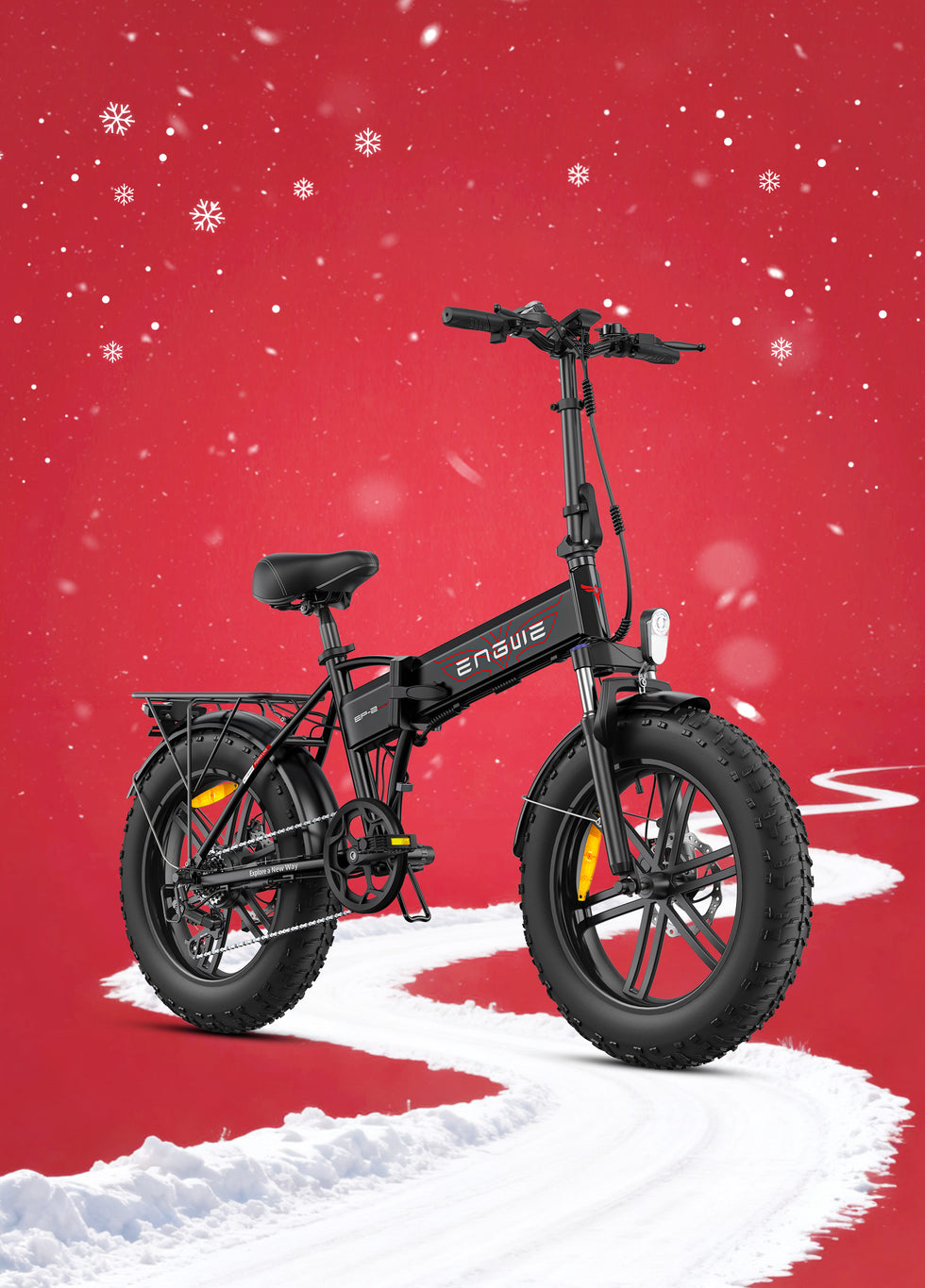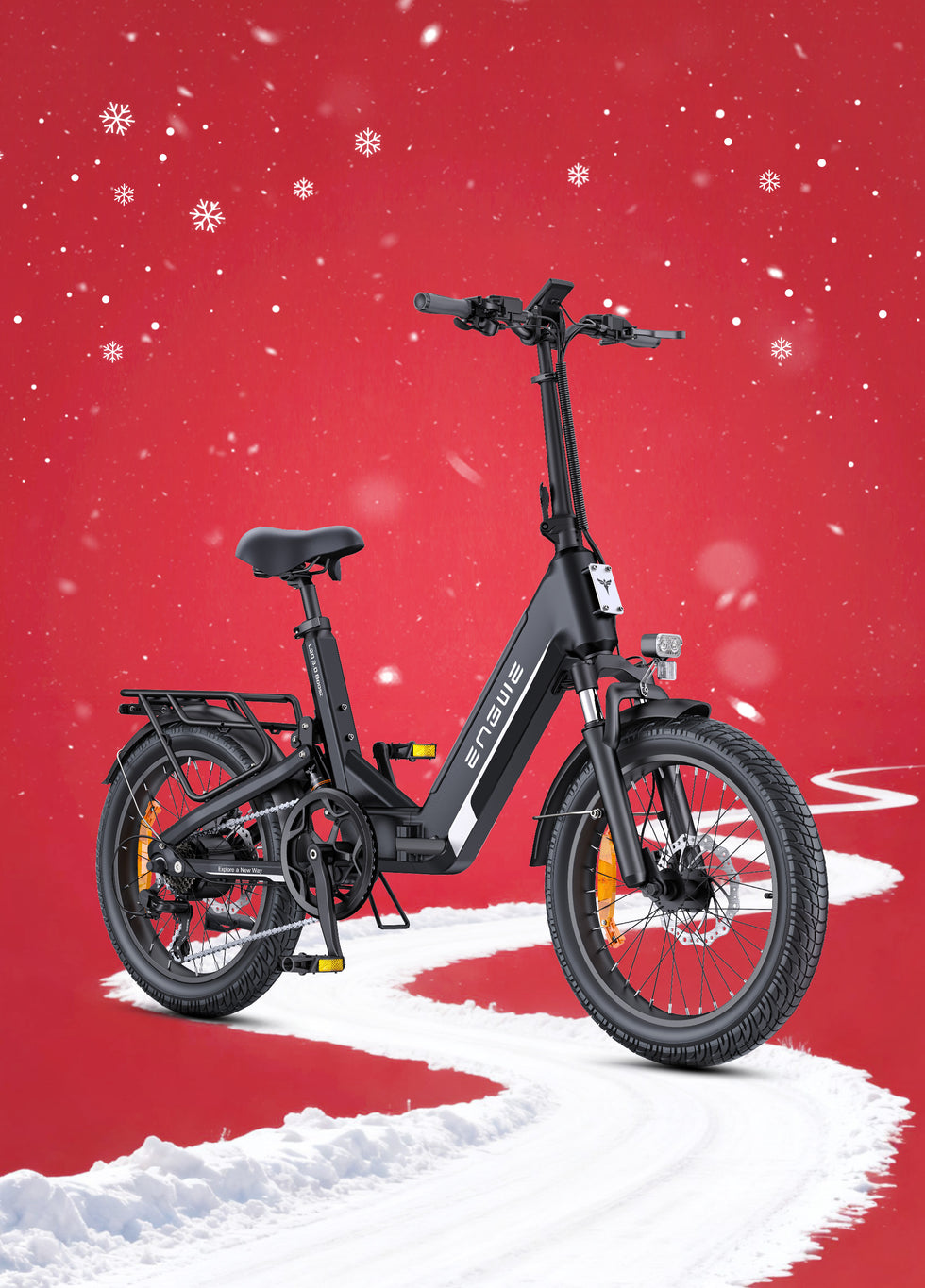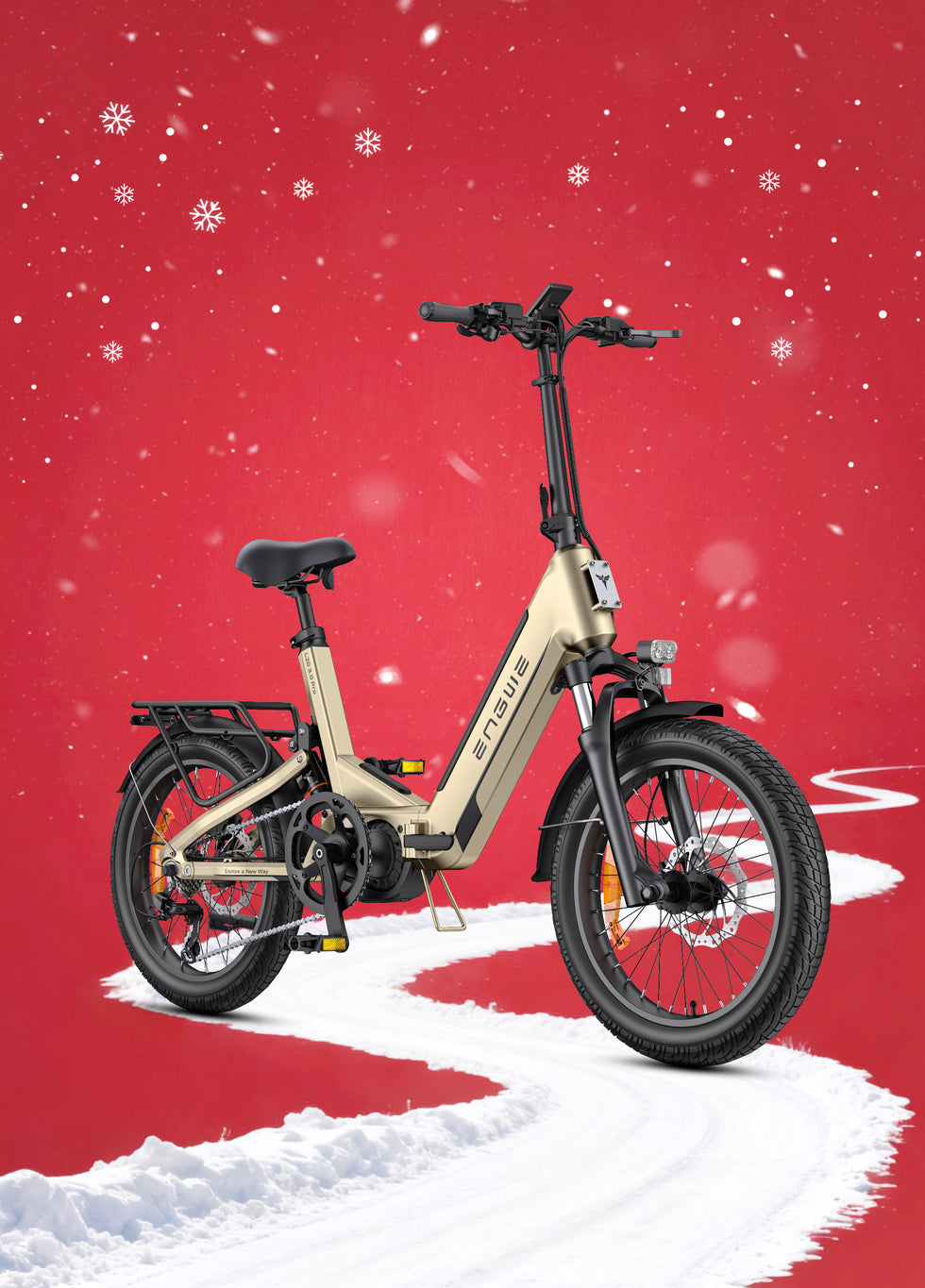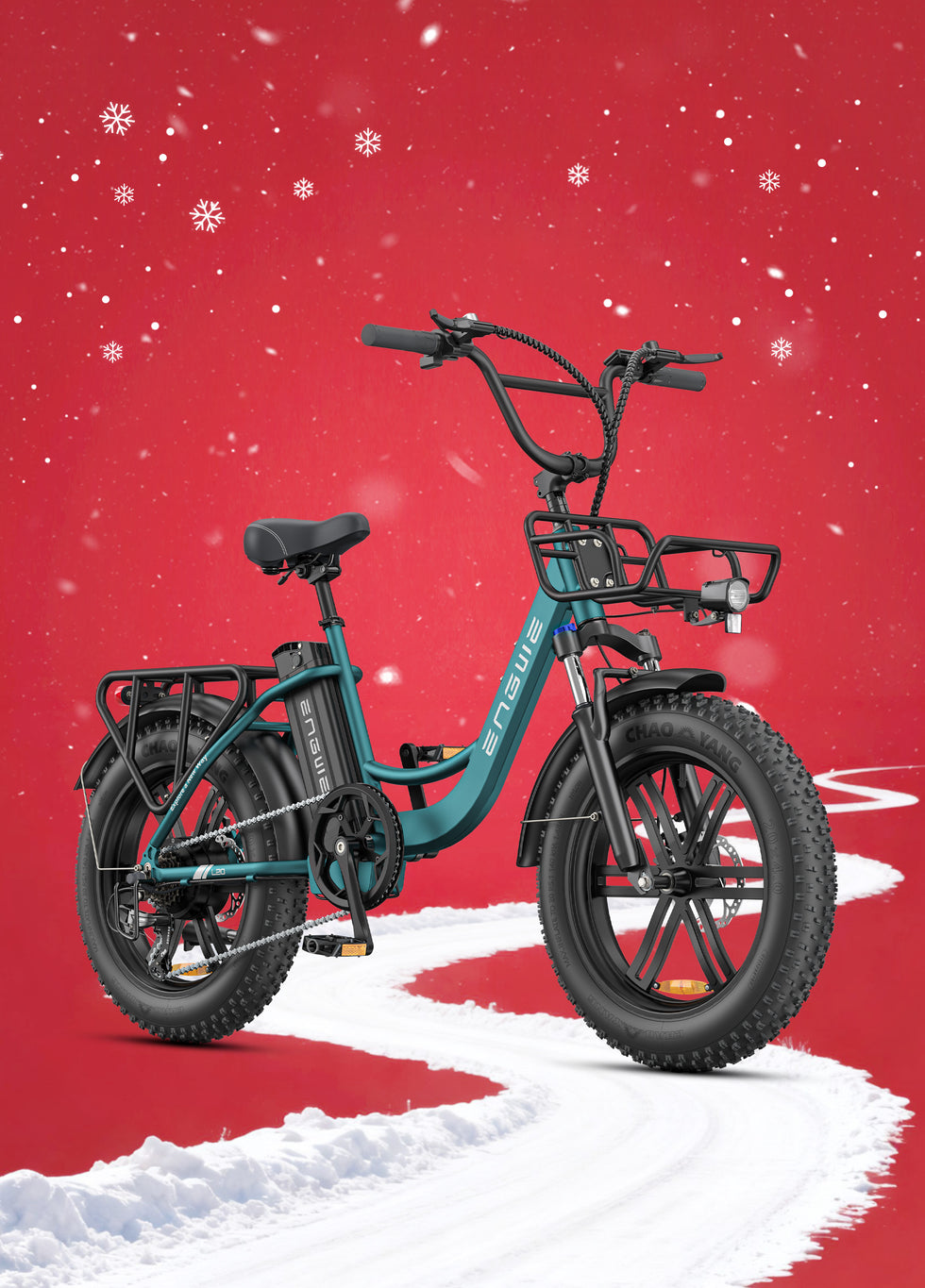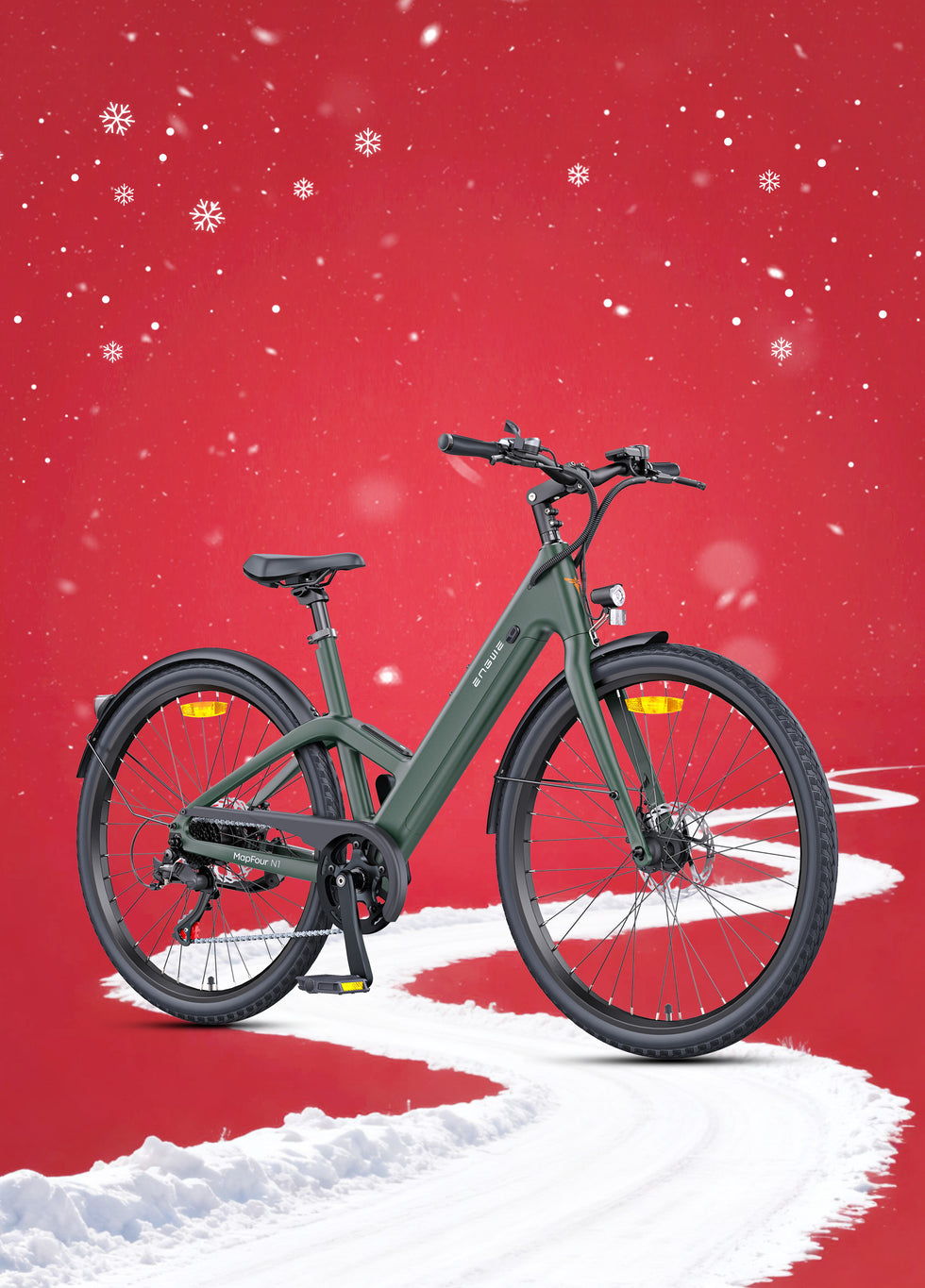Electric bikes are changing the way we get around, making our cities and countryside more accessible with a fast, sustainable and fun twist! But for many buyers, the journey starts with a more basic question: how should that electric power be delivered? Two basic systems make up the majority of the market: pedal assist and throttle. Choosing one over the other will dictate everything about your riding — from just how much effort you're willing to put in, to whether or not what you ride is even technically an electric bike on UK roads.
The slogan is: This ain't just personal to me... but compare-chasing... that's fucking worse! And no, it's not so cut and dry that one brother simply "outshines" the other. It depends on which one fits best for your needs. Do you want a conventional cycling experience with a little extra oomph, or do you need power on-tap any time? Today, we will explain these two technologies in this utmost guide. Here, we will break down the mechanics, uncover massive differences in ride-feel, and give you a comprehensive guide to help you choose the best electric bike for your goals across all performance levels.
Bionic Biking: Pedal Assist Explained
What is it?
In the UK, pedal assist (often termed 'pedelec') is by far the most common type of e-bike system. A pedal-assist electric bike has a motor that only helps you when you are pedalling. It does not ride for you; it rides with you, contributing a significant amount of power to your own efforts, making things like hills and headwinds more or less disappear. That makes it cycling, just easier.
How does it work?
This electrical wizardry is made possible by the sensors that pedal-assist systems are equipped with, which can tell when you're pedalling and how hard. The two main types you will come across:
Cadence Sensors
This is the more prevalent and basic type of sensor. It operates at a basic on/off level. The moment the system senses that the cranks are spinning, it signals to the motor to provide a level of power (Level 1, 2, or 3) you desire. All that matters is that you pedal. Hate it or love it. It can be a bit jerky at times, like getting shoved from the back when that motor turns on.
Torque Sensors
This is what differentiates a higher-end electric bike from others. A torque sensor is much more elaborate. It measures if you are pedalling, but also how much pressure you're applying to the pedals. It then tells the motor to respond accordingly, providing assistance in turn. Pedal lightly, and it helps you a little. If you are really hammering on the pedals to accelerate or go up a hill, the motor will give much more assistance. This all results in an incredibly fluid and intuitive experience that rides as if you simply have bionic legs.
There is no doubt that riding a pedal-assist e-bike is remarkably natural. It maintains the rhythm and excitement of moving about on a bicycle, but you stay in control of your movements. You are still shifting gears, you still feel the burn in your muscles (if you prefer that), and you will actually get a workout.
Understanding the Throttle: Moped-Style Power on Demand
What is it?
A throttle-model e-bike dispenses power only when you insist on it, irrespective of whether you are pedalling or not. It operates the same way a scooter or motorcycle does, using your hand to engage the motor with a twist, and off you go.
How does it work?
On-demand power is supplied by throttles which are generally of two types:
Twist-Grip Throttle
A part of the handlebar grip, twisting it towards you provides acceleration.
Thumb or Lever Throttle
Another small lever that you push to turn on the motor, usually near your thumb.
By having the throttle, you can ride without pedalling at all, giving you an opportunity to just sit back and let the motor do the work. Giving you some immediate lift-off to cross a busy intersection or moving stably from rest on an incline allows the function to provide a direct thrust of energy. It's a sensation that virtually no other type of bicycle can make you feel, more like an oversized moped than the two-wheeler you're most familiar with.

Key Differences: A Side-by-Side Analysis
Deciding which of these two systems is right for you will involve many trade-offs in those and other areas.
Riding Experience
Pedal Assist (especially Torque Sensor): Natural, intuitive, and engaging. Amplifies your own effort seamlessly.
Throttle: On-demand power, effortless. Can be ridden without pedalling.
Exercise Level
Pedal Assist: Guaranteed workout. You are always contributing power.
Throttle: Optional. You can choose the level of exercise.
Battery Range
Pedal Assist: Significantly more efficient. You conserve battery, driving farther.
Throttle: Less efficient. Just the motor, so it kills your battery quick.
Control & Safety
Pedal Assist: Smooth and predictable power application. You have ultimate control with the pedals.
Throttle: Can be jerky. Possibility of inadvertent acceleration if the throttle is accidentally engaged.
UK Legality
Pedal Assist: The basis for legal EAPCs. Completely in compliance when all rules are followed.
Throttle: Typically, this classifies the bike as a moped, and it must be taxed and insured with registration plates, just like cars.
The Crucial Point: The Law in the UK
This factor will likely be the most important for any potential buyers in the UK. The law is very specific. An electric bike must meet the following criteria in order to be legally defined as an 'electrically assisted pedal cycle' (EAPC) and allowed to be ridden on public roads without tax, insurance or a licence (and for riders over 14):
- Those pedals must be operable to move it from one place to another.
- Not exceeding 250W continuous rated output of the motor.
- The electric assistance cannot exceed 15.5 mph (25 km/h).
- The rider has to be pedalling for the motor to provide assistance.
And it's this last point that counts most of all. A bike that uses a throttle to get it moving from a standstill or to keep the bike powered without having to pedal is classed as a light motorcycle or moped. There are a whole different set of laws that must be adhered to. It will need to have type approval, registration with the DVLA, vehicle tax paid on it, insurance cover, a valid driving licence held by the rider, as well as necessitating the wearing of a crash helmet, just like with a motorcycle.
Finding the Best for Your Life: What System Works for You?
Armed with the technical and legal differences, you now have a better idea of which system is optimal for your own needs.
A Pedal-Assist Electric Bike is for you if:
- You enjoy the sensation of cycling: You'll still get the true feeling of riding a bike, but with less work.
- You want an exercise alternative: You consider an e-bike a way to supplement, but not replace, physical activity and as such you would get more rides and cover longer distances than if you just had a manually-operated bicycle.
- Long miles are your thing: If you have a long commute or enjoy all-day rides, then battery efficiency is more important than anything else. Whatever makes your battery pack last longer is crucial.
- You're just looking for a simple, easy ride: You just want the power to come on in a predictable and linear manner when you ask for it, most easily achieved by an accurate torque sensor.
- You want to be 100% Road-Legal: You need to have confidence that your e-bike is fully compliant with UK EAPC legislation and can be ridden the same as any regular bicycle.
A Throttle-equipped bike could be an option if:
- Your body has limitations: Joint pain or motor difficulties can make simple things, like starting from a standstill on a hill, a challenge for many riders. A throttle can give you that first push.
- You ride mostly on private land: If you intend to confine the bike's use to your own land, where EAPC laws don't apply, a throttle provides unrivalled simplicity and fun.
- You're willing to meet the legal requirements: If you're prepared to register, tax, and insure the vehicle as a moped (which involves costs), then a throttle-controlled e-bike is a viable option.
Given British legalities, as well as for sheer good sense and maximum rider excitement, there is really only one sensible choice: a pedal-assist system.
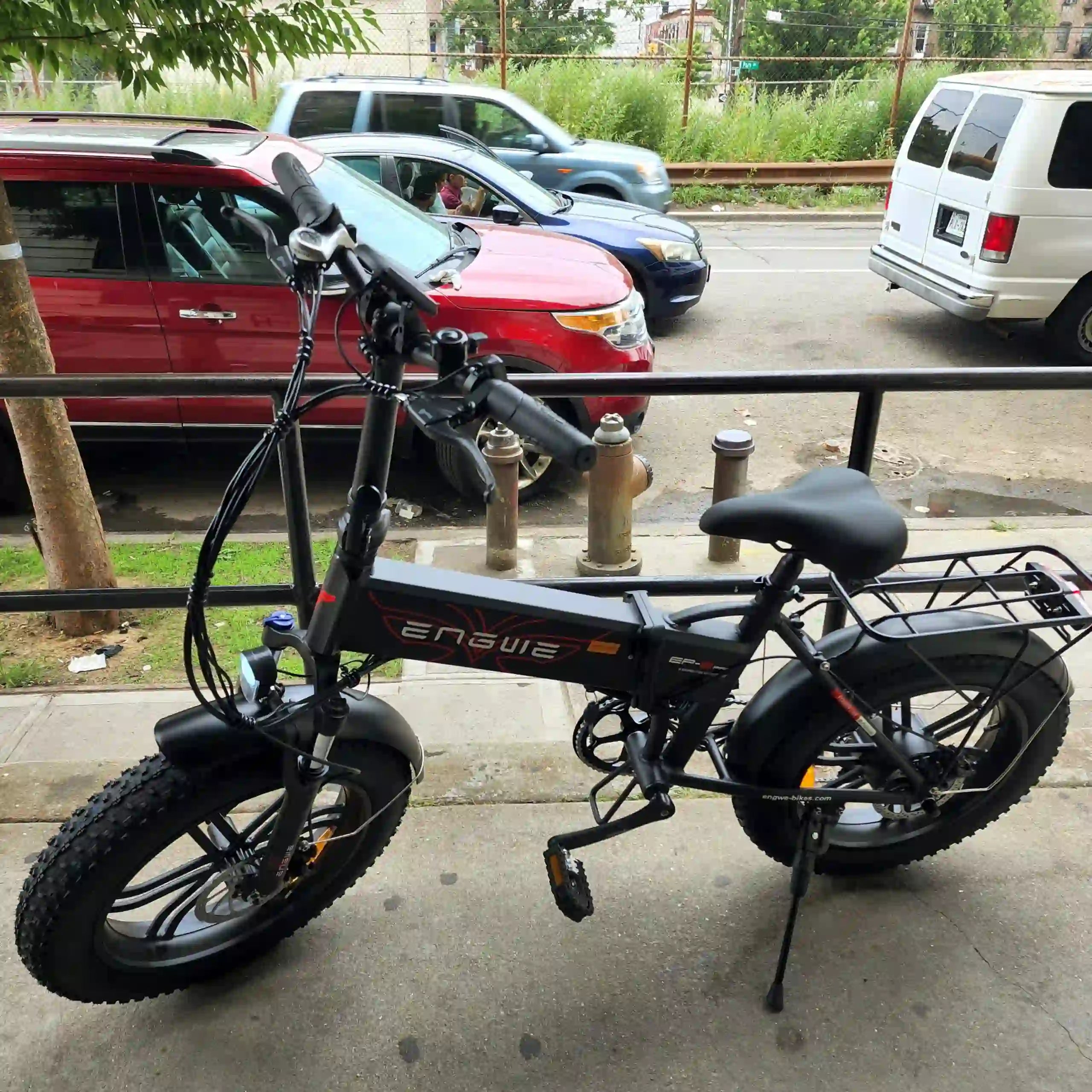
What to Expect in a Modern E-Bike and FAQs
A good contemporary electric bike is by definition an all-in-one package, not just a motor system. It's a package with consistent performance, safety, and power, a decent range, and a well-thought-out design that delivers a great user experience each ride. Evaluate the others and look for the memories of lovingly crafted components coming together in one majestic yet melodic march.
Engwe is one brand that embodies these features. This commitment to crafting an exceptional riding experience shines through in bikes like the Engwe P275 SE. This urban bike is a perfect example of modern pedal-assist technology. It has a torque sensor more advanced than most electric bikes that—rather than a crude cadence sensor—gives it a near-instant response for the smoothest ride yet that makes you feel like you have legs of steel and oak. In its 250W guise, it is completely compliant with EU and UK road regulations, supplying power smoothly and quietly. Some of the key features include a significant 100km maximum range from its removable 36V 13Ah battery, hydraulic disc brakes for powerful all-weather stopping power, and an upright Dutch-style riding position. Things such as the SHIMANO 7-speed transmission, integrated lighting, and even an App for smart control all show a more rounded approach to design. This bike is a great choice for riders after a high-end and easy-to-use e-bike that will be road-legal here in the UK.

FAQs: Your E-Bike Drive System
But even with the basics drilled down, riders are bound to have more particular queries. In this article, I will answer five of the more common questions in detail.
Can throttle e-bikes be illegal in the UK?
The throttle itself isn't technically illegal, just how it functions. If a throttle assists the bike faster than 15.5 mph or without pedalling, then it is no longer an EAPC machine. It is then classified as a motor vehicle in the eyes of the law. When riding it in public traffic, such a bike must be type-approved, registered, taxed and insured. The rider is required to have a driving licence and wear a helmet. Thus, a 250W pedal-assist e-bike that stops providing assistance at 15.5 mph is the standard for legal road use.
Will I really sweat on a pedal-assist e-bike?
Absolutely. This is one of the most common misconceptions about e-bikes. You have to pedal for the motor to trigger, so you get exercise every time. But the one difference is that you are in charge of its intensity. Use low levels for a workout or turn it up and ride over hills that might stop you on a normal bike. Studies have actually shown that e-bike owners tend to ride more miles and more often than traditional cyclists, which can mean that they're even healthier because the net effect of all those bike rides exceeds their fatigue.
Which system has the best battery range?
Pedal assist, hands down. It is for the simplest of reasons: it´s a partnership. Because you are contributing your own physical effort, the motor doesn´t have to work as much. This synergy significantly diminishes the amount of power sucked out of the battery on every ride. Whereas, if a throttle system is used exclusively, then 100% of the propulsion energy comes from the motor and will drain the battery at a much faster speed. The immediate response of a throttle-centered system may feel cool, but it's heavy-handed shit—hardly the smartest use of power when a torque-sensor-based pedal-assist system can ration out just enough aid to feel natural and still not burn nearly as much juice.
How do I add a throttle to my pedal-assist e-bike?
Although it is possible to purchase an aftermarket conversion kit online, you are advised against doing so for anyone with a standard pedal-assist e-bike in the UK for two main reasons. First, it'll almost certainly mean your bike becomes illegal for use on the road since it'll no longer meet EAPC regulations. This may result in fines, penalty points, and even have the bike seized. Second, it will also render the manufacturer's warranty null and void and introduce potential safety concerns if the frame, brakes, and electrical systems in the bike are not adequately rated to handle on-demand throttle power. It is always safest to buy a bike that meets such requirements by design and has been certified as legal from the factory.
What really sets a cadence sensor apart from a torque sensor?
Think of it as a light switch vs. a dimmer switch. The cadence sensor is like a binary light switch (pedal moves = motor ON at a set power level). This can make it seem like the help is sudden and disassociated from the effort you put in. Like a computerized dimmer switch (but a whole lot cooler), the torque sensor detects how hard you're pressing on those pedals and instantly adjusts how much power the motor provides. This active compliance gives the ride a very organic feel, inspires more rider confidence on technical terrain or when weaving through traffic, and is simply more efficient in how it conserves battery power. Only a torque sensor can really turn an electric bike into a true high-end experience.
The Final Verdict on Power, Preference, and Practicality
It's really not an either/or rivalry—it's a choice based on what best serves your needs. It's a mix of the required experience, fitness goals, and, quite simply, UK law.
Personally, I find that pedal assist is what the absolute majority of riders will prefer. It provides a true, enjoyable cycling experience, promises to give you a good workout, features the best battery range, and—more importantly than any of that—it makes certain your electric bike is 100 per cent legal for use on UK roads without any extra hoop-jumping. The pinnacle of this design is a torque-sensor system, which provides power that feels at one with your pedalling.
Now, a throttle certainly has its place—at the very least from an accessibility angle or on private land. It offers unmatched, effortless convenience. The cost of this convenience, however, is high: significant legal complexity is required to turn a simple bicycle into a regulated motor vehicle.
It is important to know this basic distinction in order to make a proper decision. You can see past the marketing hype to see not just an e-bike that will get you from A to B, but a bike that could really improve your life, a true encourager of exploration, and a perfect example of the future of cycling.
